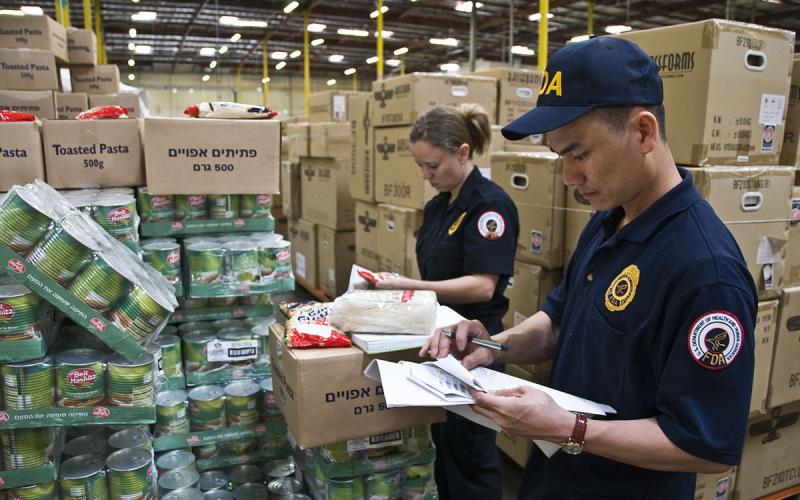Written by Claudia Botzet, former SDSU Extension Nutrition Field Specialist.
Food safety during pregnancy is just as important as nutrient consumption. Following food safety practices will reduce the risk of a foodborne illness affecting the mother and baby. Follow these four steps to help reduce the risk of foodborne illness.
Steps to Reduce Risk

- Clean: Wash your hands and surfaces with hot, soapy water often when preparing, cooking, and eating food.
- Separate: Keep raw meat and poultry separate from ready-to-eat foods.
- Chill: Cool leftovers and place them in the fridge within 2 hours of being cooked.
- Cook: Cook foods to the proper internal temperature.
- Beef, lamb, bison, veal and goat: 145 degrees Fahrenheit
- Ground beef, lamb, bison, veal and goat: 165 degrees Fahrenheit
- Poultry: 165 degrees Fahrenheit
- Pork and seafood: 145 degrees Fahrenheit
- Venison and rabbit: 160 degrees Fahrenheit
- Leftovers or casseroles: 165 degrees Fahrenheit
Foods to Avoid While Pregnant
- Raw seafood: May contain parasites or bacteria.
- Unpasteurized juice, cider and milk: May contain E. coli or Listeria.
- Soft cheese and cheese made from unpasteurized milk: May contain E. coli or Listeria.
- Undercooked eggs (runny consistency): May contain Salmonella
- Raw sprouts: May contain E. coli or Salmonella.
- Premade deli salads; egg salad, pasta salad, chicken salad, etc.: May contain Listeria.
- Undercooked meat and poultry: May contain E. coli, Salmonella, Campylobacter, Toxoplasma gondii.
- Cold hot dogs or deli meats: May contain Listeria.
- Alcohol: Can cause fetal alcohol syndrome and lead to physical features in the infant including small eyes, thin upper lip, and smooth groove between nose and upper lip. Can contribute to poor growth, low birth weight, and small head.
See our article on Foodborne Illnesses for more details on each illness.
References
- FoodSafety.gov. Cook to a Safe Minimum Internal Temperature.
- FoodSafety.gov. Infographic. Food Safety for Baby and Me.


